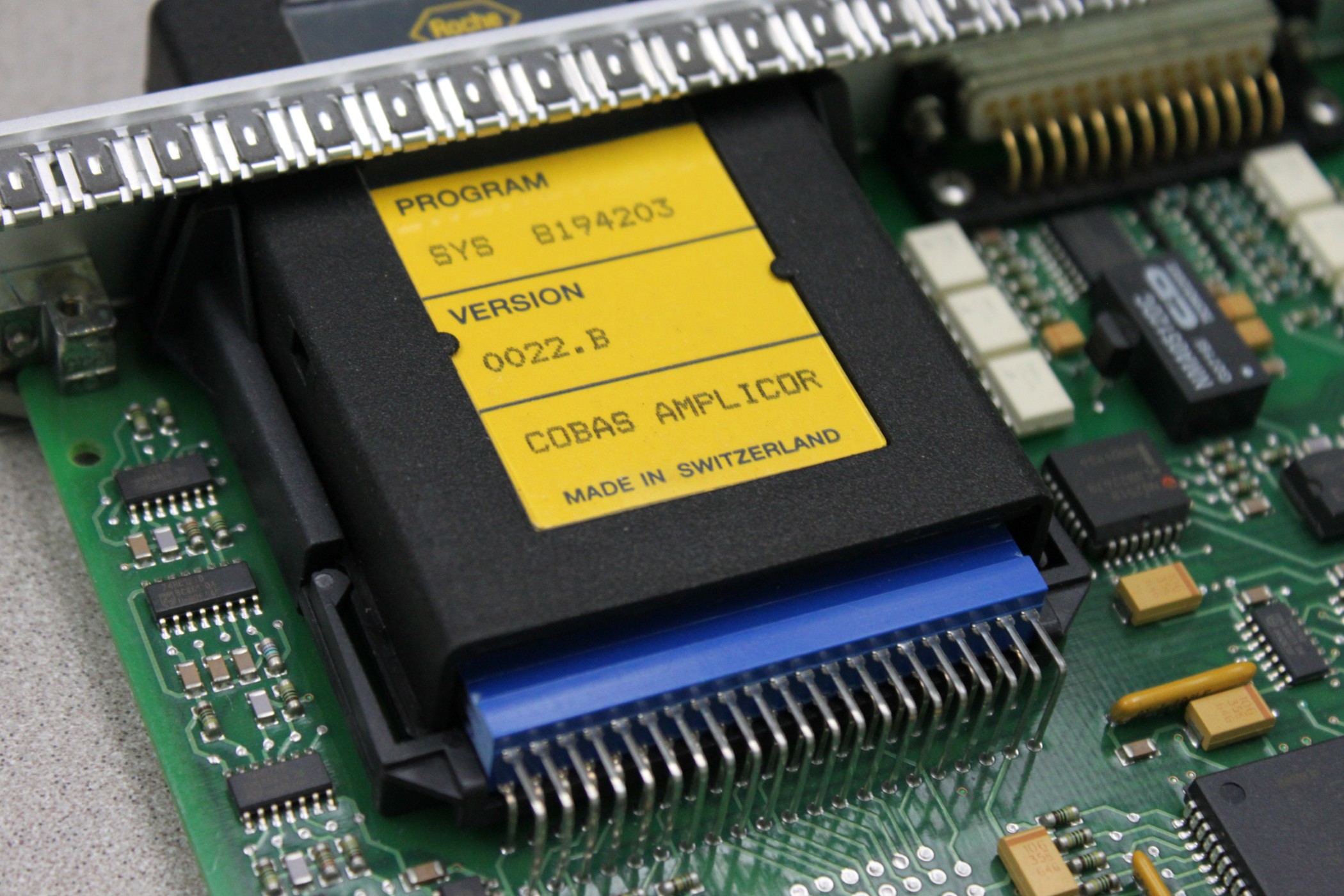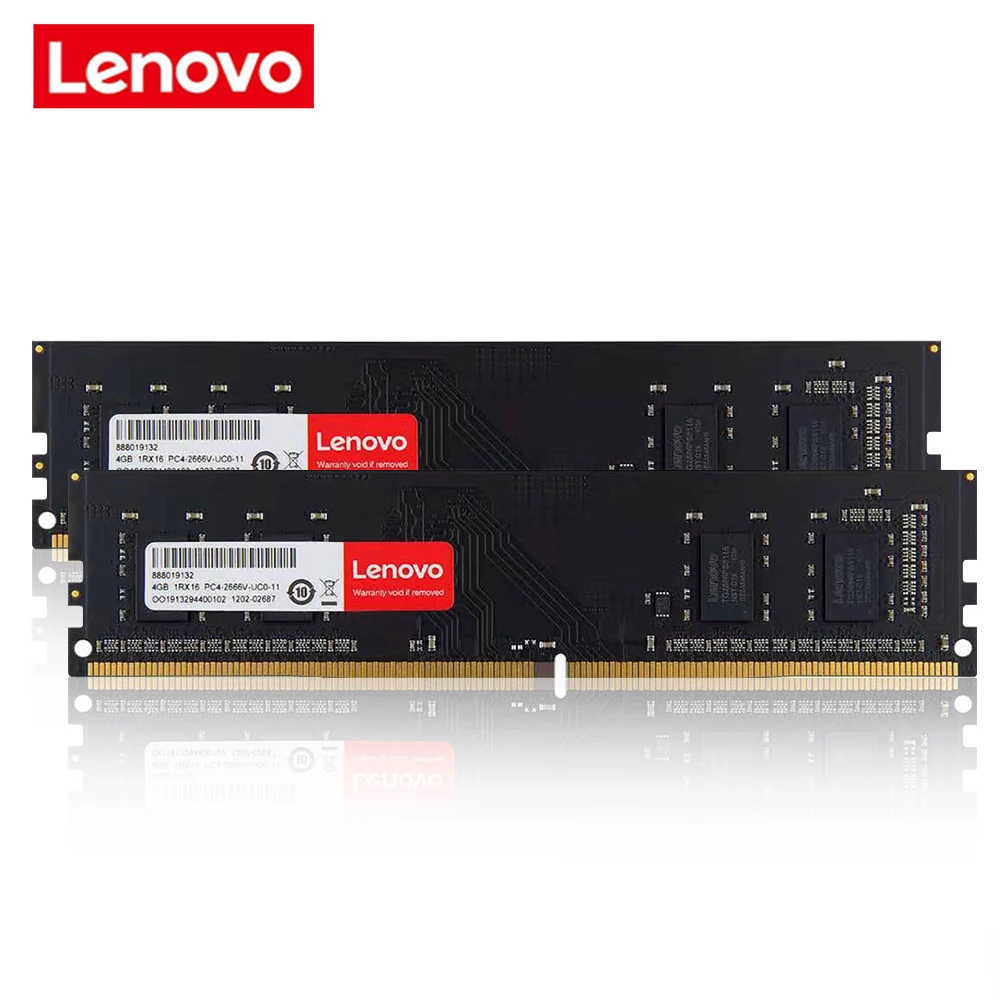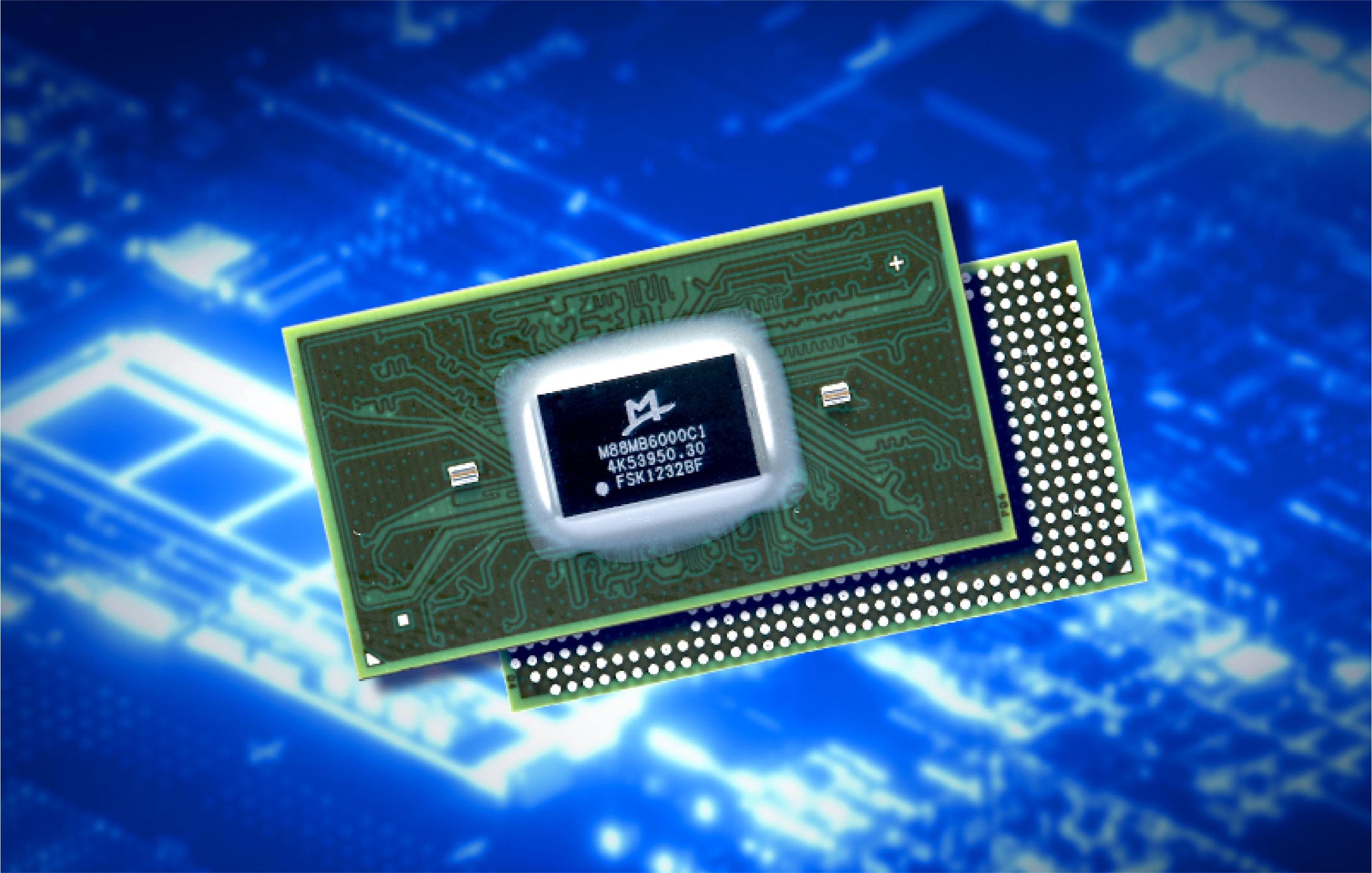
#Interface memory procssor code
The obvious choice was thus to go for Linux instead of writing code on the bare metal of the ARM processor. The Phytec development system comes with a Linux port. A ZYNQ connecting to its FPGA Block-RAM is a topic of another article. A board with a processor-less FPGA is chosen because the successful connection between the external processor and FPGA must be proven. Use an available Xilinx Development board. The Phytec ph圜ORE-LPC3250 development board was chosen. Use off the shelf micro-controller hardware. To prove this concept some design decisions were taken: The FPGA connects via the External Memory Interface (EMI) to the ARM processor. Figure 1shows the setup of an example video design.įigure 1: Micro-controller – FPGA video application. The solution provided is to use one Chip Select area of the micro-controllersĮxternal Memory Controller (EMC) in SRAM mode and connect this to theįPGA. Using an FPGA as high speed – parallel video processing engine and aĭedicated ARM micro-controller as human interaction interface. Because ARM devicesĪre so widely used across the processor sector there is a variation ofĪn application that caused this note to be written was a video application Its versatility, many manufacturers implement it as the core of theirĪpplications (Including he ZYNQ family of devices). Parallel processing tasks while the ARM micro-controller is widely used due to IntroductionĪn FPGA is primary used for computationally intensive, high-speed and/or The micro-controller mostly uses the FPGA as a pre-processing high-speed, Or as extended multi-peripheral (USB, LCD, Keyboard, etc.) device. The FPGA can use the micro-controller as process controller 
This note provides a way to hook a FPGA to an off the shelf available ARM

Of course a standalone micro-controller can also be used in combination with a ZYNQ FPGA.
5.2 Build U-boot, Linux kernel and root file system:Īlthough there is the versatile and powerful ZYNQ extensible processor-centric architecture with its on board dual-core Cortex-A9 ARM processorĭevices, sometimes it is necessary to use a standalone micro-controller inĬombination with a processor-less FPGA. Of course, making this happen will require communication, processing and storage resources at the edge of networks. He showed an interesting chart of V2X communication requirements for various vehicle use cases. He also pointed out that the frequencies used for some versions of 5G and radar are close enough that they might be able provide joint systems providing additional safety features. Machine learning (ML) can be used to rapidly tune a car to a radiation beam from a MIMO antenna. Combined, these sensors can provide greater situational awareness for the driving environment. He went into detail on how sensors in vehicles as well as in city infrastructure could make automotive transportation safer for the cars as well as pedestrian (and even those people driving around on those rented scooters). 
Robert Heath, IEEE Fellow and Professor at the University of Texas at Austin spoke about 5G for Vehicle to X Communication. At the 2019 Designcon conference in Santa Clara, CA I had an opportunity to see several storage and memory interfaces, hear about what sort of memory is good for what sort of application and hear about technology requirements to enable artificial intelligence (AI) for smart city infrastructure.







 0 kommentar(er)
0 kommentar(er)
